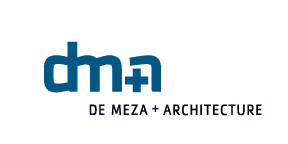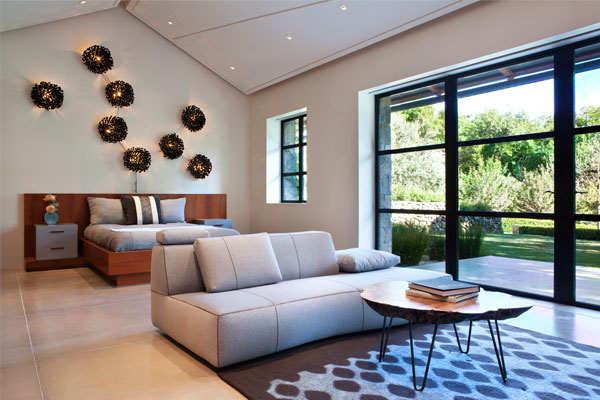 It’s no secret that the view of San Francisco’s skyline is one of the many benefits of living or working in the city. Unfortunately, it’s not always easy to take in the view by simply drawing back the curtains and looking out a window. The close proximity of neighboring homes and offices often results in a look at nearby architecture, but not much opportunity for the kind of relaxing outdoor living afforded to those residing in the suburbs. This closeness can also make it difficult to get the proper permits for the new construction of a traditional balcony.
One way to make the most of your existing space while opening up your home or office to the world outside is with a roof deck.
It’s no secret that the view of San Francisco’s skyline is one of the many benefits of living or working in the city. Unfortunately, it’s not always easy to take in the view by simply drawing back the curtains and looking out a window. The close proximity of neighboring homes and offices often results in a look at nearby architecture, but not much opportunity for the kind of relaxing outdoor living afforded to those residing in the suburbs. This closeness can also make it difficult to get the proper permits for the new construction of a traditional balcony.
One way to make the most of your existing space while opening up your home or office to the world outside is with a roof deck.
 A roof deck is precisely what it sounds like — a patio-like outdoor area built upon the roof of a structure. They can be designed to include gardens, dining areas, hot tubs and pretty much anything else you might find in a traditional outdoor space. But while simple in concept, proper roof decks require careful design and permits of their own.
A roof deck is precisely what it sounds like — a patio-like outdoor area built upon the roof of a structure. They can be designed to include gardens, dining areas, hot tubs and pretty much anything else you might find in a traditional outdoor space. But while simple in concept, proper roof decks require careful design and permits of their own.
The San Francisco Planning Department website offers a glimpse into what is necessary when even considering a new roof deck. In short, due to zoning restrictions, the application may involve several pre-application steps, and even notification of your intentions to some or all of your neighbors.
There are a number of things to consider before a roof deck permit can be approved, including the proposed height and appearance of the deck, its potential environmental impact, the historical significance of the existing building, and the concerns of your neighbors. Basically, San Francisco wants to make sure your relaxing outdoor area is safe, non-invasive and attractive, and you want to ensure your new roof deck contributes to both your comfort and the property’s long-term value.
Lucky for you, De Meza + Architecture is well-versed in roof deck design. We know what the Planning Department is looking for, we know how to maneuver through the red tape, and we know how to maximize the space to ensure you get the roof deck your neighbors will envy.
Tell us what kind of roof deck you’re looking for, and we’ll show you a new way to enjoy San Francisco’s skyline.

 One word many people use to describe the overall feel of their ideal design is “modern,” especially when the design is meant to update an older space. What they typically mean is they want the style and characteristics of their new space to be current and recent. They want something contemporary.
“Modern” is a funny word when used as an identifier of style. Historically speaking, modern describes the span of time around the years 1500 to 1800. But kitchen and bathroom fixtures from that time period haven’t yet come back into vogue, and their electrical and lighting designs really wouldn’t meet current building codes.
One word many people use to describe the overall feel of their ideal design is “modern,” especially when the design is meant to update an older space. What they typically mean is they want the style and characteristics of their new space to be current and recent. They want something contemporary.
“Modern” is a funny word when used as an identifier of style. Historically speaking, modern describes the span of time around the years 1500 to 1800. But kitchen and bathroom fixtures from that time period haven’t yet come back into vogue, and their electrical and lighting designs really wouldn’t meet current building codes.